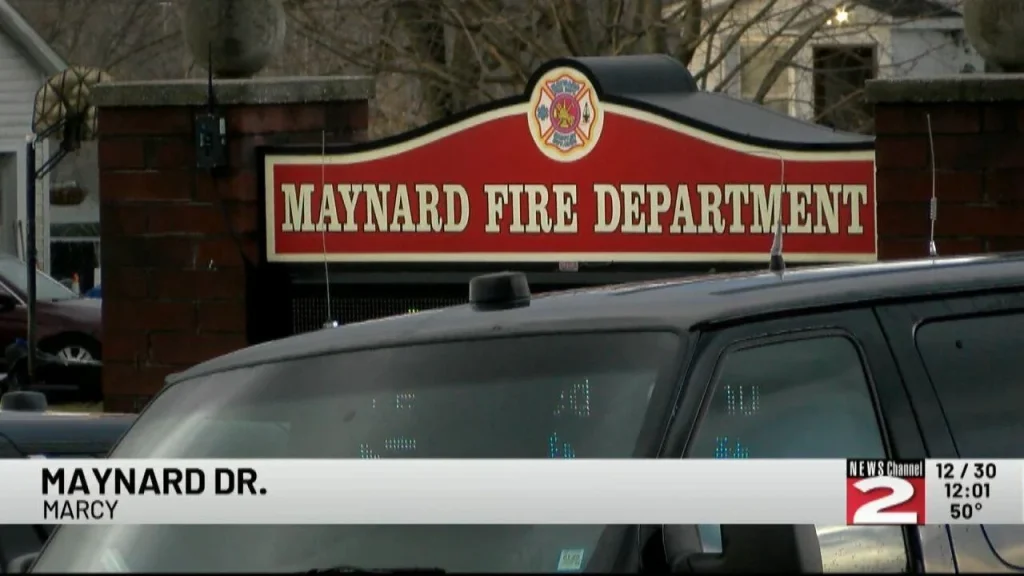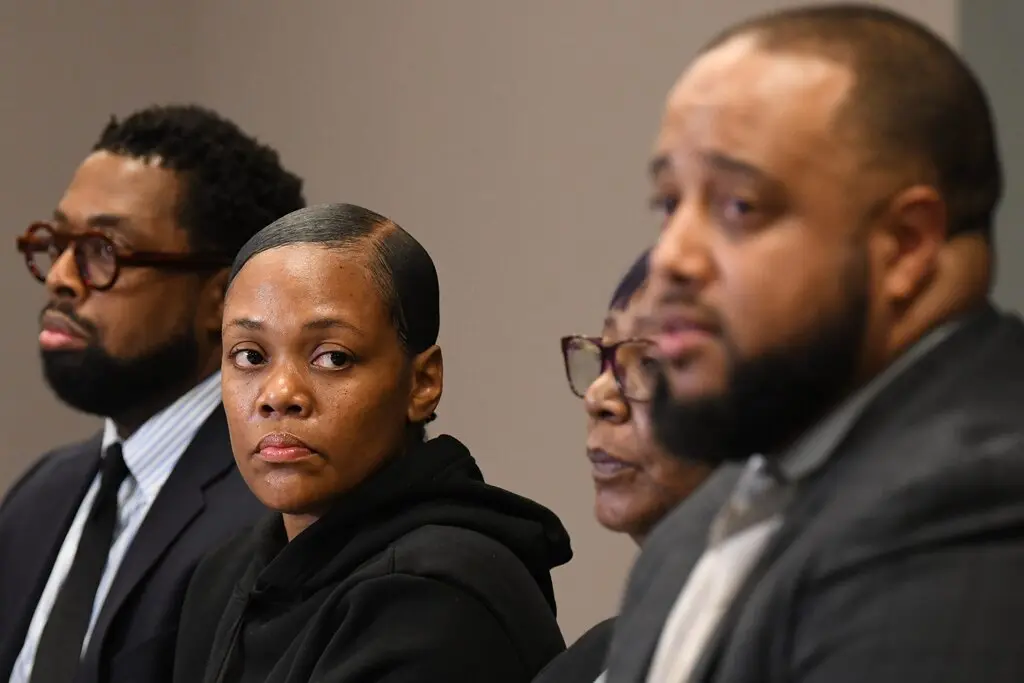Local Leaders Criticize Gov. Kathy Hochul for Visit to Marcy Prison Where Robert Brooks was Fatally Beaten

Local leaders have sharply criticized New York Governor Kathy Hochul for her recent visit to Marcy Correctional Facility, where Robert Brooks, an inmate, was fatally beaten earlier this year. The governor’s decision to visit the prison and how she handled the situation has drawn backlash from various community leaders, advocates for criminal justice reform, and elected officials. The criticism stems from concerns about the timing and the optics of the visit, as well as the handling of Brooks’ death, which continues to spark public outcry.
The Incident and Its Aftermath
In January 2024, Robert Brooks, a 40-year-old inmate at Marcy Prison, was allegedly beaten to death by several corrections officers. According to reports, Brooks was serving a sentence for robbery when the violent altercation occurred. The details surrounding his death have raised significant questions about the use of excessive force and the treatment of prisoners at the facility.
Brooks’ death quickly became a rallying point for advocates of prison reform, who decried what they described as systemic issues within New York’s correctional facilities. Calls for transparency and accountability in the investigation have intensified, particularly as video footage emerged showing the violent nature of the incident. The disturbing images, combined with the allegations of mistreatment, have ignited anger within the community, with many pushing for a full and independent investigation into the events leading to Brooks’ death.
Governor Hochul’s Visit
In response to the outcry, Governor Hochul made an unexpected visit to Marcy Correctional Facility in late December. During her visit, she met with prison officials and toured the facility to assess the conditions and operations firsthand. However, her visit was not welcomed by all, and it sparked immediate criticism from local leaders and advocacy groups.
Many of those who opposed Hochul’s visit argued that it was a poorly timed and insensitive gesture. Critics suggested that the governor’s visit sent the wrong message, especially given the ongoing investigations and the emotional distress felt by Brooks’ family and the wider community. There was a sense that Hochul’s visit lacked the gravity and recognition of the tragic nature of Brooks’ death.
“We have not received any clear answers about the circumstances that led to Robert Brooks’ death. For the governor to visit the very facility where this tragic incident occurred, without addressing the real concerns of the community and the family, is an insult,” said one local leader, who wished to remain anonymous. This sentiment was echoed by several others who believe that the governor should have focused more on the investigation and efforts to ensure accountability, rather than making a symbolic visit to the site of the death.
Concerns About Accountability and Reform
For many of the critics, Hochul’s visit was seen as a missed opportunity to address the deeper issues that have plagued the state’s correctional facilities for years. While the governor did express her condolences over Brooks’ death and promised to work toward improving prison conditions, many felt that the visit was a superficial attempt to appease the public rather than a meaningful step toward reform.
“There are serious issues of abuse and misconduct happening within our state prisons, and the death of Robert Brooks is just one tragic example,” said an advocate for criminal justice reform. “Governor Hochul should be leading the charge for transparency, accountability, and real change in the system, not just showing up for a photo op.”
The criticism stems not only from the timing of the visit but also from the perception that Hochul’s actions have not gone far enough in addressing the systemic issues within the prison system. Brooks’ death has brought the spotlight back onto the treatment of inmates, particularly those in maximum-security prisons like Marcy, where violent incidents have been a longstanding concern. Advocates for prison reform argue that the governor should be using her position to push for significant changes in policies that govern inmate treatment, as well as greater oversight of corrections officers.
Response from the Governor’s Office
In her defense, Governor Hochul’s office has maintained that the visit was meant to send a clear message that she is committed to improving conditions at the state’s correctional facilities. A spokesperson for the governor stated that Hochul was dedicated to making sure that “any form of abuse within New York’s prisons is thoroughly investigated and addressed.” They further emphasized that the governor would continue to push for reforms and support law enforcement as they worked to ensure justice for Brooks.
While Hochul has expressed support for reforms in the past, the criticism she has received following her visit underscores the frustration felt by those calling for immediate and substantive changes in the state’s prison system. For many, words of support and gestures of condolence are not enough without tangible steps toward real reform.
The situation surrounding Robert Brooks’ death is far from over, and it has left a deep mark on New York’s criminal justice landscape. As investigations continue and calls for justice grow louder, local leaders and reform advocates are demanding accountability, transparency, and urgent reforms within the state’s correctional facilities.
“There needs to be real accountability for what happened to Robert Brooks. This isn’t just about one tragic incident; it’s about ensuring that this doesn’t happen again to another person in the custody of the state,” said one community organizer.
For now, the state faces the challenge of restoring trust in its prison system. Governor Hochul’s visit to Marcy Prison may have been intended as a gesture of goodwill, but it has instead highlighted the deep divisions over how to address the root causes of violence and abuse in the prison system. As calls for action grow louder, it remains to be seen whether the governor and the state will take the necessary steps to implement lasting change and ensure that the death of Robert Brooks is not forgotten.






